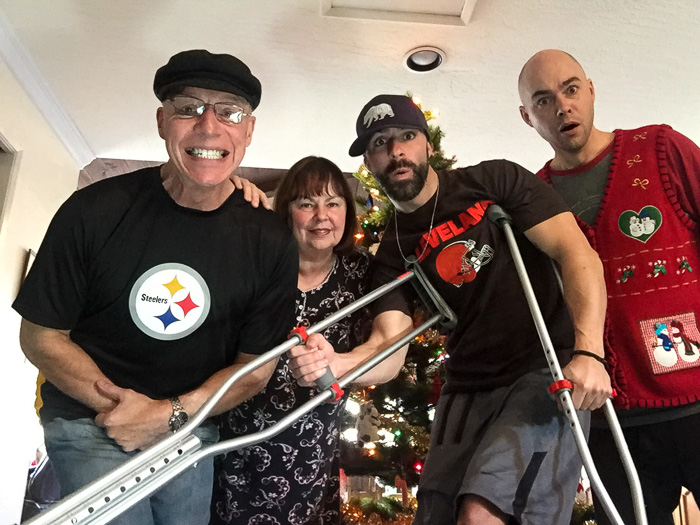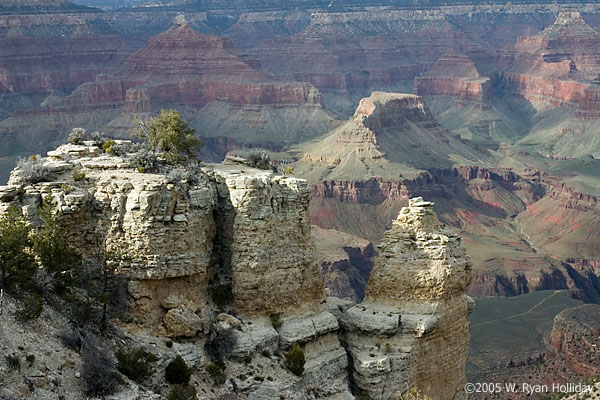There seems to be a constant undercurrent of doom and gloom in the world these days, so here are a few developments worth following for those who need reasons for optimism:
- Today SpaceX re-used a rocket for the first time in history. The launch is a HUGE milestone towards dramatically reducing the cost of spaceflight, and a reason to believe that launch costs will drop by an order of magnitude in the next 5-10 years.
- The Nature Conservancy recently demonstrated how floodplain restoration along the Truckee River could provide flood control, aquifer recharge, cleaner drinking water, and habitat for wildlife. If they can effectively argue that there are often greater benefits provided by “green” infrastructure instead of “grey” infrastructure then it will be very interesting to see if wetland restoration starts to become a preferred option as the nation deals with aging levees and rising seas.
- Tesla’s Gigafactory continues to expand on its path towards becoming the world’s largest building. When complete it will produce enough batteries for 500,000 electric cars each year, and they are already producing battery cells and have plans to start churning out drive units for the upcoming Model-3 later this year.
- I’ve been a frequent critic of Apple’s recent products and corporate decision making, but their new headquarters will be opening in April, and Apple has done an amazing job – it is probably the world’s most impressive corporate campus. The project was the last thing that Steve Jobs worked on, and seeing the finished product is a sad reminder of what the world lost when he died at an early age.
- California high-speed rail is actually under construction, with viaducts, grade separations, and other major work throughout the Central Valley. Even if it is another decade before trains actually run, some of the improvements being made to roads and bridges as a result of this project will have immediate benefits.
- The tomb of Jesus Christ recently underwent a lengthy archaeological renovation, with humans viewing the slab on which Jesus was believed to have been laid for the first time since at least 1555 AD. Even for those who aren’t religious, the archaeological value of studying this ancient & revered site has to be exciting.
- Bloomberg reports that there are now more clean-energy jobs in the United States than oil or coal jobs. The federal government may not be acting to clean up the energy grid, but market forces seem to be betting heavily on clean energy options as prices for solar, wind, and other renewables continue to drop.
There are plenty more reasons not to succumb to despair about the state of the world – the comments link is available for anyone who wants to share any others and thereby help keep the world a slightly more optimistic place.


